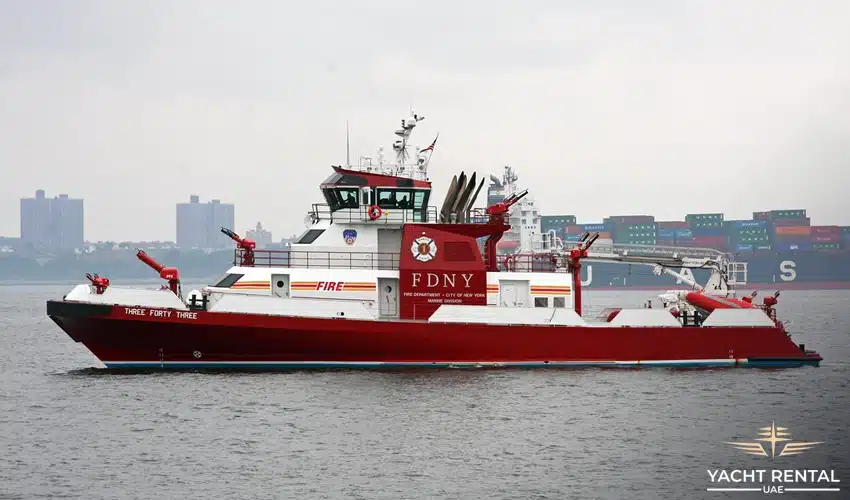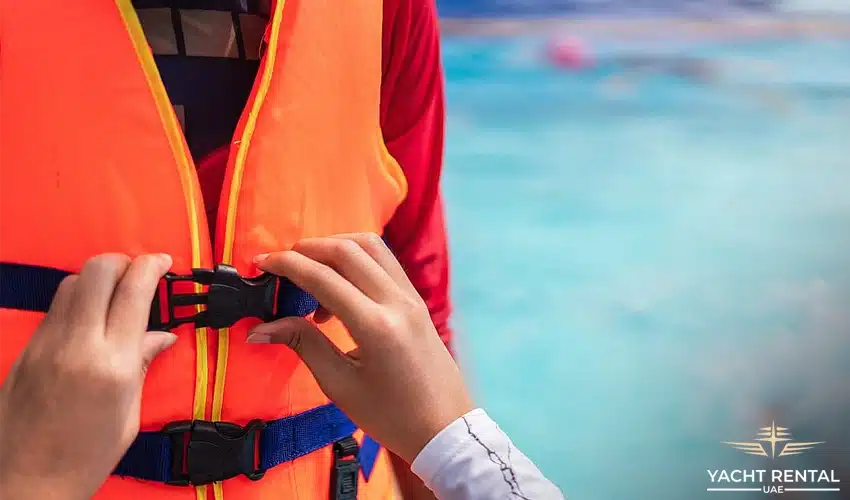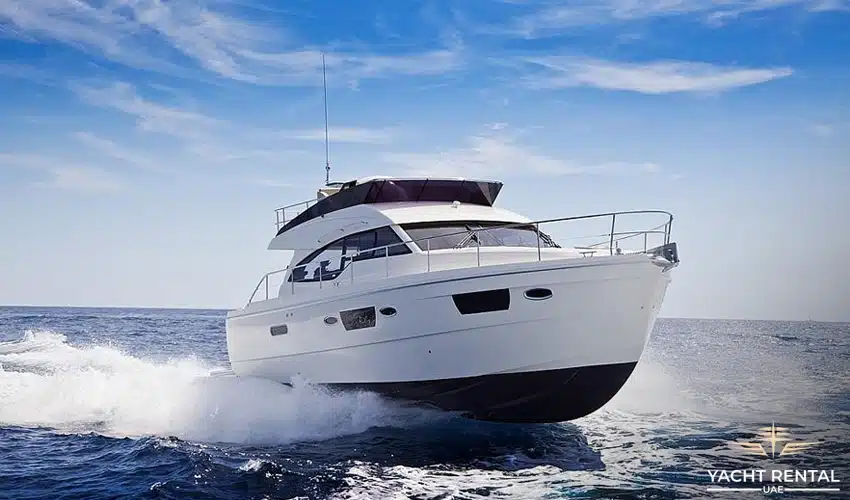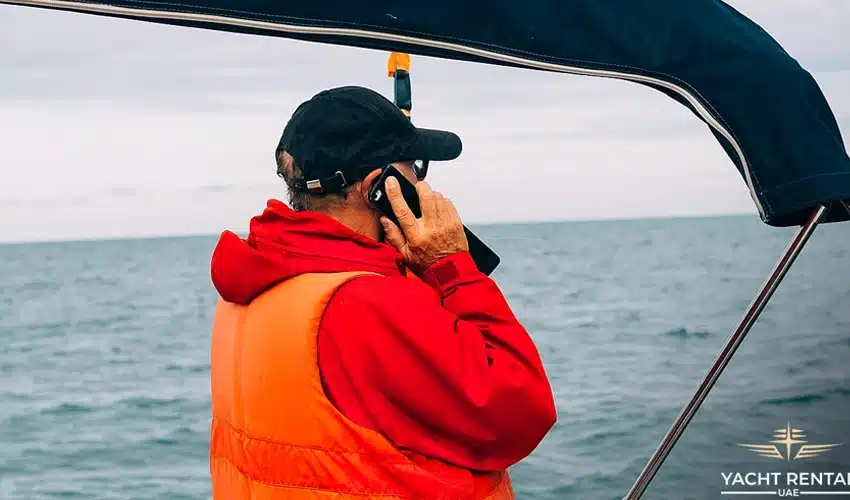Ensure the Safety of All Passengers
The first action required of a boat operator in a boat accident is the safety of passengers. Ensuring everyone’s well-being is crucial and involves a series of well-coordinated actions to mitigate further risks and address any immediate needs. The boat operator should follow these steps to ensure passenger safety:
- Assess the Situation for Immediate Dangers
- Check for Injuries and Provide First Aid if Needed
- Call for Emergency Medical Assistance if Necessary
Assess the Situation for Immediate Dangers
Immediately after the accident, the boat operator must quickly evaluate the situation. Identify any immediate dangers, such as a fire breaking out in the front of the boat, potential sinking, or hazardous materials. It is important to maintain calm behavior to avoid panic and to assess the environment efficiently. Clear instructions should be given to passengers to keep them relaxed and organized.
Check for Injuries and Provide First Aid if Needed
Once the immediate environment is deemed safe, the next step is to check for passenger injuries. Perform a headcount to ensure everyone is accounted for, then systematically check each person for injuries. Even minor injuries should be documented and treated if possible. A first aid kit on board is necessary for this purpose. Basic first aid knowledge can help provide the necessary support while waiting for medical assistance.
Call for Emergency Medical Assistance if Necessary
If any injuries are severe, or there is a risk of further harm, it is critical to call for emergency medical assistance immediately. Use the boat’s radio or a mobile phone to contact emergency services, providing them with your location, the nature of the accident, and the number and condition of injured passengers. Keep communication lines open and follow any instructions given by emergency responders.
Secure the Boat
After ensuring the safety of all passengers, the next critical step for a boat operator involved in a boating accident is to secure the boat. You must prevent further accidents or hazards and stabilize the vessel. The following steps are crucial in preventing further danger:
- Evaluate Structural Integrity: Assess the boat for any structural damage. Look for leaks, compromised hull integrity, or other issues leading to sinking or instability.
- Turn Off Engines: Immediately turn off the boat’s engines to prevent fires or explosions. Check the fuel lines and electrical systems for any signs of damage.
- Use Safety Equipment: Deploy safety equipment as necessary. Ensure all passengers wear life jackets and are ready for any potential evacuation.
- Clear Obstructions: Remove any debris or obstacles that could pose a tripping hazard or impede movement on the boat.
How to Anchor the Boat Properly
Anchoring the boat is crucial to stabilize and prevent it from drifting into more dangerous waters. Use an anchor suitable for the seabed where the accident occurred. The type of anchor (fluke, plow, or mushroom) should match the bottom conditions (sand, mud, or rock).
A scope of 7:1 is generally recommended for optimal holding power. Lower the anchor slowly to the seabed, ensuring it does not get tangled. Once it reaches the bottom, let out the calculated length of the anchor line. Next, reverse the boat slowly to set the anchor firmly into the seabed. Check for a firm hold by observing the boat’s position relative to fixed points.
Move the Boat to a Safer Location if Possible
If the boat remains in a hazardous location, such as near rocks or the path of other vessels, moving it to a safer location is advisable. Evaluate the water and weather conditions to determine if it is safe to move the boat. Avoid moving during high winds, strong currents, or poor visibility. Inform the relevant maritime authorities of your intention to move the boat. They may provide assistance or instructions.
If moving the boat, do so slowly to avoid further damage or accidents. Maintain constant communication with passengers, keeping them informed and reassured. Repeat the anchoring process once in a safer location to ensure the boat is stable and secure.
During this process, it is important to have a fire extinguisher readily accessible. The best place to store a fire extinguisher on a boat is near the helm or in the galley. Ensure it is mounted securely to prevent it from becoming a projectile in rough waters.
Reporting the Accident
After ensuring passenger safety and securing the boat, the next crucial step for a boat operator involved in a boating accident is to report the incident. The process is about understanding and adhering to legal requirements and measures to ensure compliance and accountability.
Reporting to Local Authorities (Coast Guard, Marine Police, etc.)
Determine which local authorities need to be notified. This could include the Coast Guard, Marine Police, or other relevant maritime agencies, depending on the jurisdiction. Contact the appropriate authorities as soon as it is safe to do so. Immediate reporting is crucial, especially if injuries, fatalities, or significant property damage occur. Utilize the boat’s radio, mobile phone, or other communication devices to report the accident. Ensure that the communication is clear and concise.
What Information to Provide in the Report?
Providing accurate and comprehensive information is essential when reporting a boating accident. Include the following details:
- Date and Time of the Accident
- Location
- Description of the Incident
- Details of the Vessels Involved
- Passenger Information
- Injuries and Damage
- Weather and Water Conditions
While reporting the accident, it is also important to consider the ongoing responsibilities of boat ownership. Understanding the cost to maintain a yacht or boat can help manage expenses and ensure the vessel remains in good condition. Regular maintenance is crucial to preventing future accidents and ensuring the safety of all passengers.
Final Words About the First Action of a Boat Operator in an Accident
The safety of passengers is the top priority for a boat operator involved in an accident. Immediate assessment, providing first aid, securing the boat, and promptly reporting the incident to authorities are essential.







